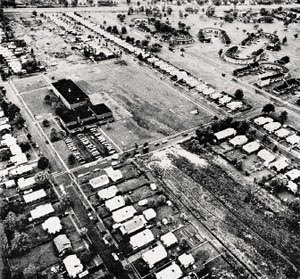
Standardized Chloropleth maps are very general in their data as well as their appearance and data. In this case this map represents the population of Canada under the age of 14. There is no official cesus data used in the evaluation of this map.






















 http://www.geovista.psu.edu/grants/MapStatsKids/New_MSK/concepts_mentalmaps.html
http://www.geovista.psu.edu/grants/MapStatsKids/New_MSK/concepts_mentalmaps.html